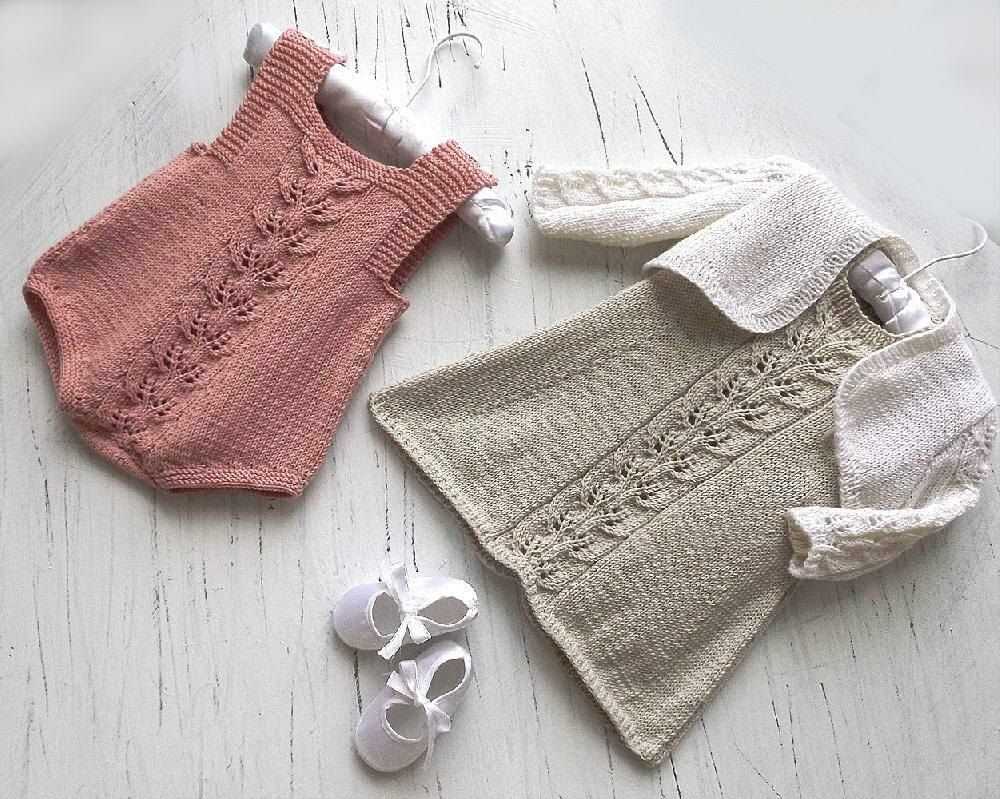
Knitting is not just a popular hobby, but also a timeless art form that allows you to create beautiful and unique items. When it comes to knitting for babies, there are endless possibilities for creating adorable and cozy garments that will keep your little one warm and stylish. Whether you’re a beginner or an experienced knitter, there are countless knit baby patterns available that are easy to follow and will result in stunning finished products.
One of the great things about knitting for babies is that they are small, which means projects are quick to finish and require less yarn. This makes it an ideal hobby for those who want to create something special for their little ones without investing a ton of time or money. From cute bonnets and booties to cozy blankets and cardigans, there is a knit baby pattern for every skill level and style preference.
Not only are knit baby patterns fun to make, but they also make for wonderful gifts. Handmade baby clothes and accessories are always appreciated and cherished by new parents, who understand the time and love that goes into creating each piece. Plus, by knitting for babies, you have the opportunity to experiment with different yarns, colors, and stitches, allowing you to unleash your creativity and make truly one-of-a-kind items.
So whether you’re expecting a little one yourself or looking for a thoughtful gift for a friend or family member, consider picking up your knitting needles and giving one of the many knit baby patterns a try. With a little time and effort, you’ll be able to create a stunning and practical garment that will keep your little one warm and stylish, and will be treasured for years to come.
All You Need to Know About Knit Baby Patterns
Knitting baby patterns is a popular and rewarding hobby for many people. It allows you to create beautiful and unique garments for newborns and infants. Whether you’re a beginner or an experienced knitter, there are a few things you should know about knit baby patterns.
Choosing the Right Yarn
One of the most important considerations when knitting baby patterns is choosing the right yarn. It’s essential to select a soft and gentle yarn that is suitable for a baby’s delicate skin. Many yarns specifically marketed for babies are made from natural fibers, such as cotton or bamboo, which are hypoallergenic and breathable. Additionally, it’s important to choose a yarn that is easy-care and machine washable, as baby garments tend to get dirty quickly and need frequent washing.
Understanding Sizing
When knitting baby patterns, it’s crucial to understand sizing. Babies grow quickly, so it’s important to choose the right size for the age of the baby you’re knitting for. Most patterns will provide sizing guidelines based on the baby’s age or measurements, but it’s always a good idea to take accurate measurements to ensure the garment will fit properly. It’s also important to consider the ease or roominess of the garment, as babies need room to move and grow.
Choosing the Right Pattern
There are countless knit baby patterns available, ranging from simple hats and booties to more complex sweaters and blankets. It’s important to choose a pattern that matches your skill level and interests. If you’re a beginner, start with a simple pattern with basic stitches and minimal shaping. As you gain more experience, you can gradually try more advanced patterns and techniques. Additionally, consider the style and design of the pattern to ensure it matches your personal taste and the baby’s needs. It’s also a good idea to read reviews or ask for recommendations from other knitters before starting a pattern to ensure it’s clear and well-written.
Adding Personal Touches
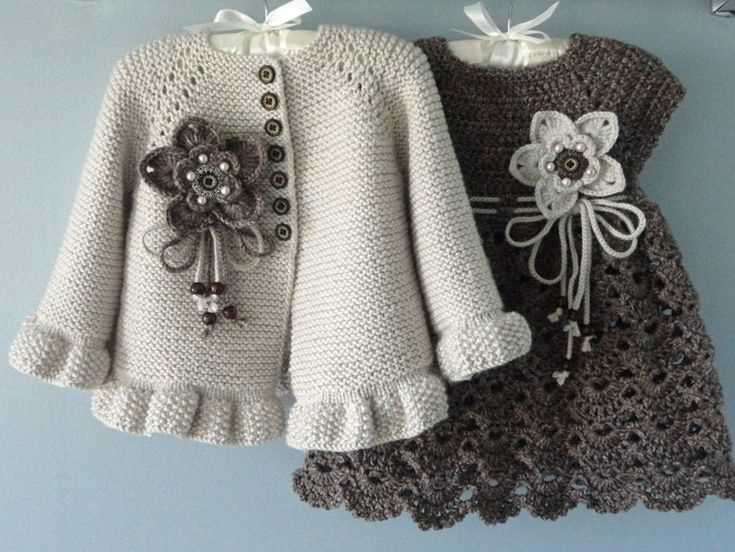
One of the best things about knitting baby patterns is the ability to add personal touches. Whether it’s choosing a unique color, adding a special stitch pattern, or incorporating a personalized embroidery or appliqué, these small details can make the garment even more special. However, it’s important to consider safety when adding embellishments to baby garments. Avoid using small buttons or beads that could present a choking hazard, and make sure all additions are securely attached.
Overall, knitting baby patterns is a wonderful way to create handmade gifts for little ones. By choosing the right yarn, understanding sizing, choosing the right pattern, and adding personal touches, you can create beautiful and cherished garments that will be treasured for years to come.
What Are Knit Baby Patterns and Why They’re Popular
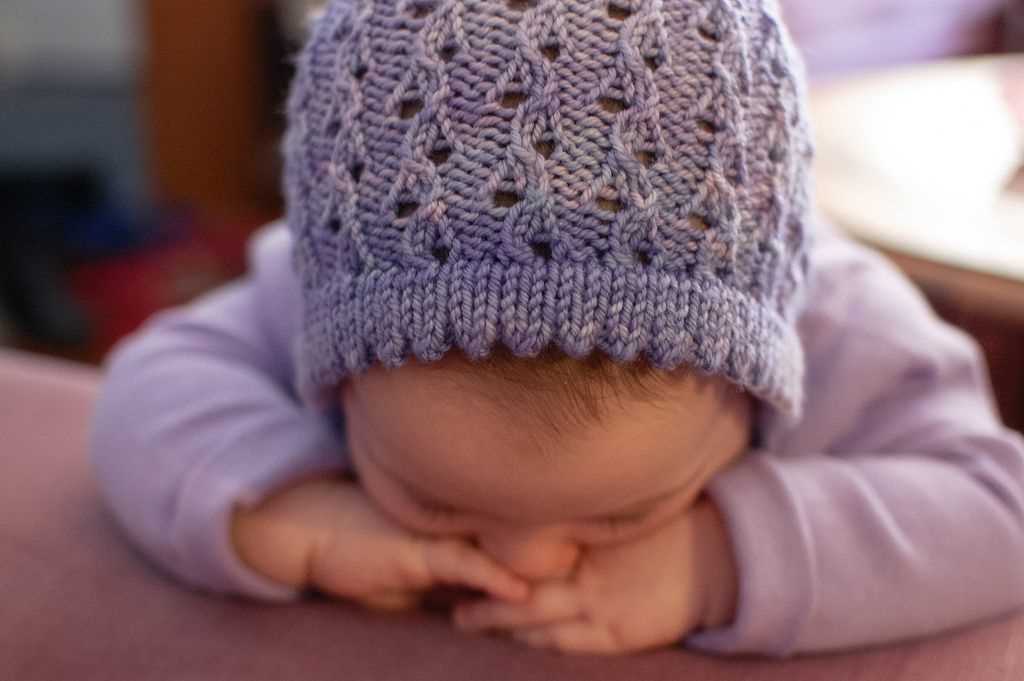
Knit baby patterns are instructions or guides that provide step-by-step directions on how to create knitted items for babies. These patterns typically include details on the type of yarn, needle size, and stitches needed to create various baby items such as blankets, hats, socks, and sweaters. They are popular among knitting enthusiasts and new parents alike, as they allow individuals to create personalized and unique items for their little ones.
One reason why knit baby patterns are popular is because they offer a creative outlet for knitting enthusiasts. Crafting items for babies allows knitters to showcase their skills and creativity while also making something functional and adorable. Knitting baby items can be a fun and rewarding project, as it allows individuals to experiment with different colors, patterns, and stitches.
Moreover, knit baby patterns are popular because they provide a handmade and sentimental touch to baby items. Handmade items are often cherished and treasured, especially when they are made with care and love. Knitting baby items allows parents or gift givers to create something special for their little ones, which can become keepsakes or family heirlooms.
Additionally, knit baby patterns are popular because they offer an opportunity to save money. Baby items can be expensive when purchased in stores, but knitting them at home allows individuals to save money while still ensuring quality and personalized items for their babies. Knitting baby items also gives individuals the ability to customize colors, sizes, and designs to meet their specific preferences.
In conclusion, knit baby patterns offer a creative outlet, a sentimental touch, and an opportunity to save money. These patterns are popular among knitting enthusiasts and new parents because they allow individuals to create personalized and unique items for their babies, showcasing their skills and creativity while also making something functional and sentimental.
Types of Knit Baby Patterns
Knitting is a popular craft that allows you to create beautiful and cozy items for babies. There are various types of knit baby patterns available, each offering unique designs and techniques. Whether you are a beginner or an experienced knitter, you can find patterns that suit your skill level and create adorable garments for the little ones.
1. Sweater Patterns: Sweaters are a classic choice for baby knitting projects. They keep the baby warm and cozy, and there are endless design possibilities. You can find patterns for cardigans, pullovers, hoodies, and more. Sweater patterns often include different stitch patterns and techniques, allowing you to enhance your knitting skills.
2. Blanket Patterns: Knit baby blankets are not only practical but also make great heirloom pieces. Blanket patterns can range from simple garter stitch designs to intricate lacework. They can be knit in various sizes and shapes, such as square, rectangular, or even round. Baby blankets are perfect for cuddling and provide a soft and warm environment for the baby.
- 3. Hat Patterns: Knit hats are essential for keeping a baby’s head warm, especially during the colder months. Hat patterns often feature cute details like pom-poms, ear flaps, or animal ears. They are quick and fun projects that allow you to experiment with different yarns and colors.
- 4. Bootie Patterns: Knit booties are adorable and practical accessories for babies. They keep their little feet cozy and add a touch of cuteness to their outfits. Bootie patterns often incorporate cute embellishments like buttons or bows, making them an enjoyable project to knit.
- 5. Toy Patterns: Knitting toys for babies can be a fun and creative endeavor. Toy patterns can range from stuffed animals to rattles and teething toys. They not only provide entertainment for the baby but also make great keepsakes. Toy patterns often involve shaping techniques and require basic sewing skills to assemble the pieces.
These are just a few examples of the types of knit baby patterns available. Whether you are knitting for your own little one or as a gift for a friend or family member, there is a pattern out there that will suit your needs and bring joy to the baby and their parents.
Getting Started with Knitting for Babies
Knitting for babies is a wonderful way to create adorable and practical items for little ones. Whether you are a beginner or an experienced knitter, there are plenty of baby patterns available to suit your skill level and style. To get started with knitting for babies, there are a few key steps to follow.
Gather Your Supplies
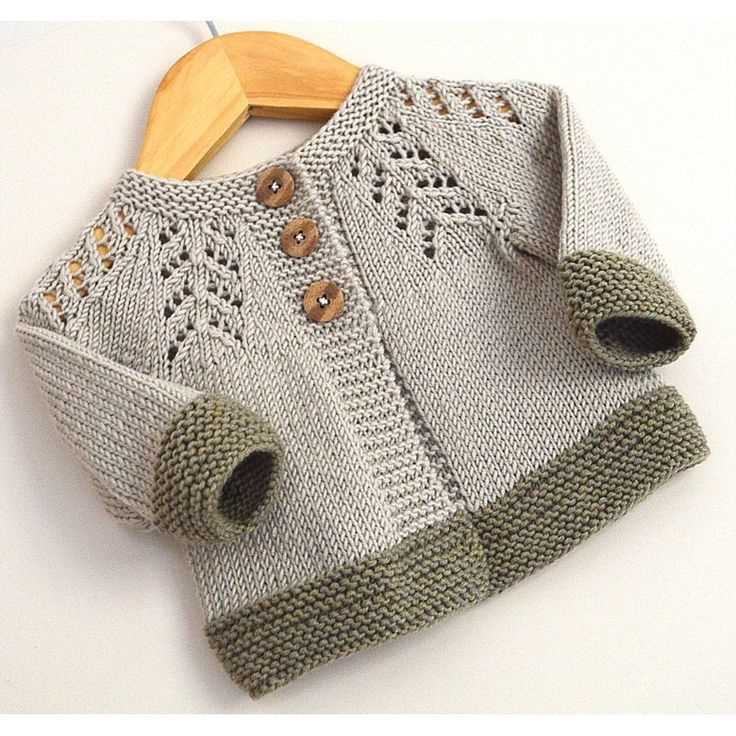
Before you dive into knitting for babies, make sure you have all the necessary supplies. This includes knitting needles in the appropriate size for your chosen project, yarn in the desired color and weight, and any additional tools or accessories you may need, such as stitch markers or a tapestry needle.
It is also a good idea to have a selection of different knitting patterns specifically designed for babies. This will allow you to choose projects that are suitable for different ages and stages of development.
Choose the Right Yarn and Needles
When knitting for babies, it is important to choose the right yarn and needles for the project. Opt for soft, gentle yarns that are comfortable against a baby’s sensitive skin. Natural fibers like cotton or bamboo are great choices, as they are hypoallergenic and breathable.
Additionally, consider using smaller needles to achieve a tighter gauge, as this will help prevent little fingers from getting caught in the stitches. Be sure to check the pattern’s recommended gauge and adjust your needle size accordingly.
Start with Simple Projects
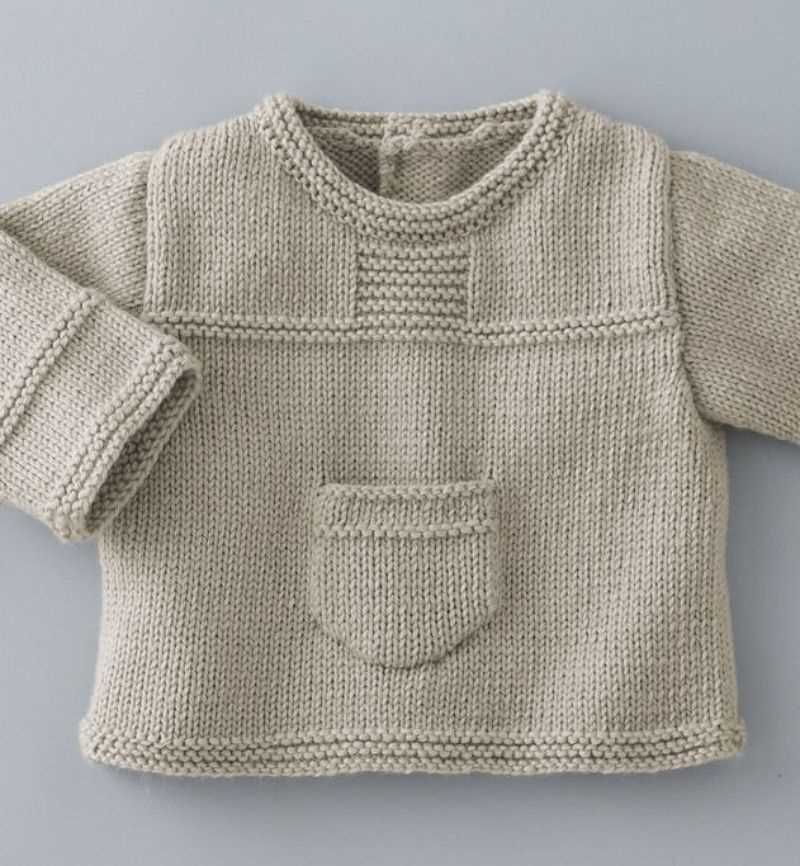
If you are new to knitting, it is a good idea to start with simple projects for babies. Baby hats, booties, and blankets are great beginner-friendly options that allow you to practice basic knitting techniques, such as casting on, knitting, purling, and decreasing.
As you gain confidence and experience, you can gradually move on to more intricate patterns and techniques, such as lacework or colorwork. The key is to start small and build your skills over time.
Enjoy the Process and Share Your Creations
One of the most rewarding aspects of knitting for babies is seeing your finished creations being loved and used. Whether you keep the items for your own little ones, gift them to friends or family, or donate them to charity, the joy of knitting for babies is in sharing your handmade love and care.
So, grab your needles, choose a pattern, and start knitting for those adorable little bundles of joy! Remember to enjoy the process, take your time, and celebrate the beauty of creating something special with your own two hands.
Essential Supplies for Knitting Baby Patterns
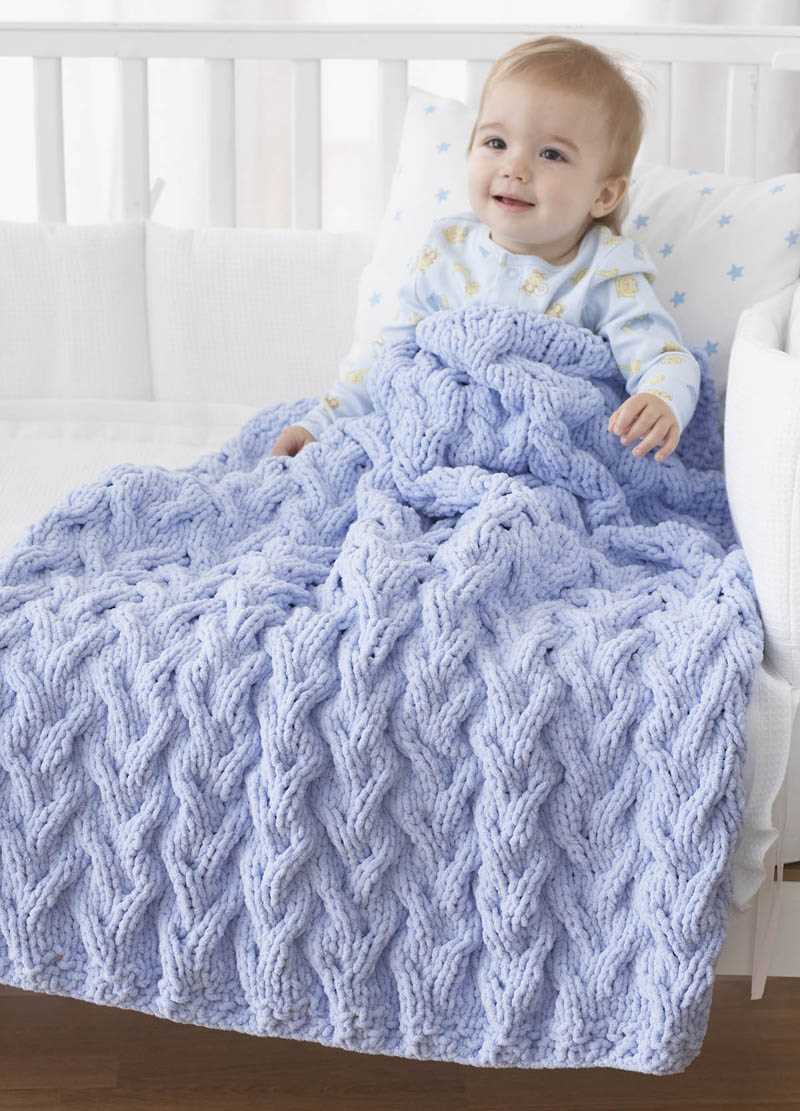
When it comes to knitting baby patterns, having the right supplies is crucial to ensure a successful and enjoyable knitting experience. Whether you are a beginner or an experienced knitter, there are a few essential items that you will need to have on hand before you start your project.
1. Knitting Needles: A good set of knitting needles is a must-have for any knitter. When knitting baby patterns, it is important to choose the right size needles for the yarn you are using. Circular needles or double-pointed needles are ideal for knitting baby garments, as they allow for a seamless finish.
2. Yarn: Selecting the right yarn is crucial when knitting baby patterns. You will want to choose a soft and gentle yarn that is hypoallergenic and safe for baby’s sensitive skin. Baby yarn or lightweight yarn is recommended for baby garments, as it is lightweight and comfortable.
3. Stitch Markers: Stitch markers are helpful tools that help you keep track of your stitches and patterns while knitting. They are especially useful when knitting baby patterns that involve different stitch patterns, increases, or decreases.
4. Tapestry Needle: A tapestry needle is essential for weaving in loose ends and sewing up any seams in your baby knitted projects. It is important to choose a needle with a large eye that can easily accommodate the yarn.
5. Row Counter: A row counter is a small device or accessory that helps you keep track of the number of rows you have knitted. This is especially useful when following a complex baby pattern that requires precise row counting.
6. Scissors: A pair of small, sharp scissors is essential for cutting yarn and trimming any loose ends. Make sure to choose scissors specifically designed for yarn to ensure clean and precise cuts.
7. Stitch Holders: Stitch holders are useful when you need to set aside stitches temporarily. They come in various sizes and shapes and are especially handy when knitting baby patterns that involve shaping or working on multiple sections.
By having these essential supplies on hand, you will be well-prepared to tackle any baby knitting pattern that comes your way. Remember to take your time, be patient, and enjoy the process of creating beautiful and cozy garments for the little ones in your life.
Tips for Choosing the Right Yarn and Needles for Your Knit Baby Patterns
When it comes to knitting baby patterns, choosing the right yarn and needles is essential to ensuring a successful and comfortable finished product. The yarn and needle you select will not only determine the size and texture of the garment, but also how easy or challenging it will be to knit. Here are a few tips to help you make the right choices for your next baby knit project.
Consider the Yarn Fiber
One of the first things to consider when choosing yarn for your baby pattern is the fiber. It’s important to select a yarn made from soft and gentle fibers that will not irritate a baby’s delicate skin. Natural fibers such as cotton, bamboo, and merino wool are popular choices for baby knits due to their softness and breathability. Additionally, these fibers are often machine washable, which is a practical feature for busy parents. Be sure to check the yarn label for any specific care instructions before making your final decision.
Choose the Right Needle Size
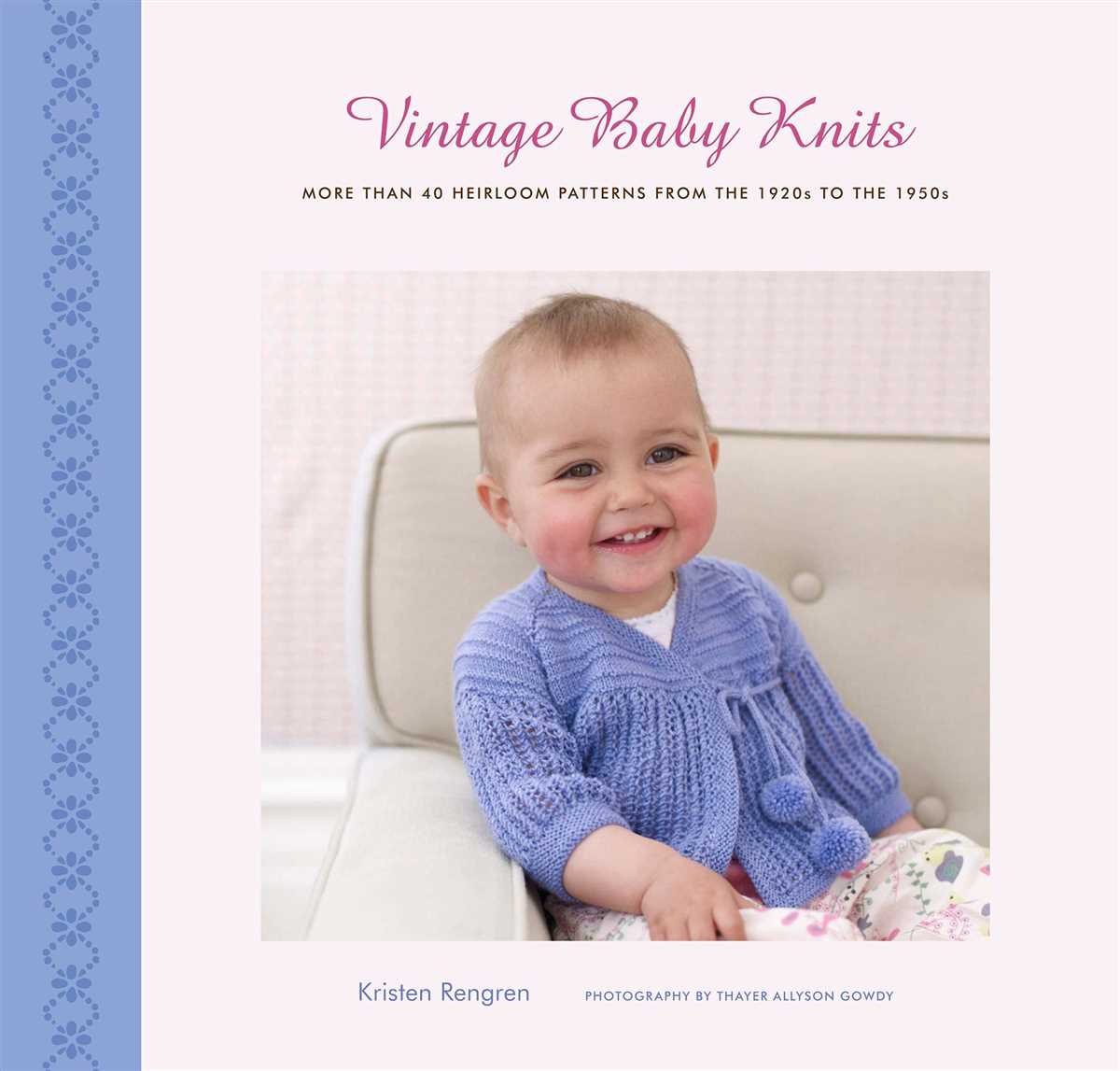
The needle size you choose will determine the gauge and drape of your knitted fabric. For baby patterns, it’s generally recommended to use smaller needle sizes to achieve a tighter, safer knit. This will help prevent tiny fingers or toes from getting stuck in any large gaps. However, it’s important to also consider the pattern’s requirements and the yarn thickness you are working with. Be sure to check the pattern for any recommended needle size and gauge suggestions to ensure your finished project turns out as intended.
Experiment with Different Yarn Thickness
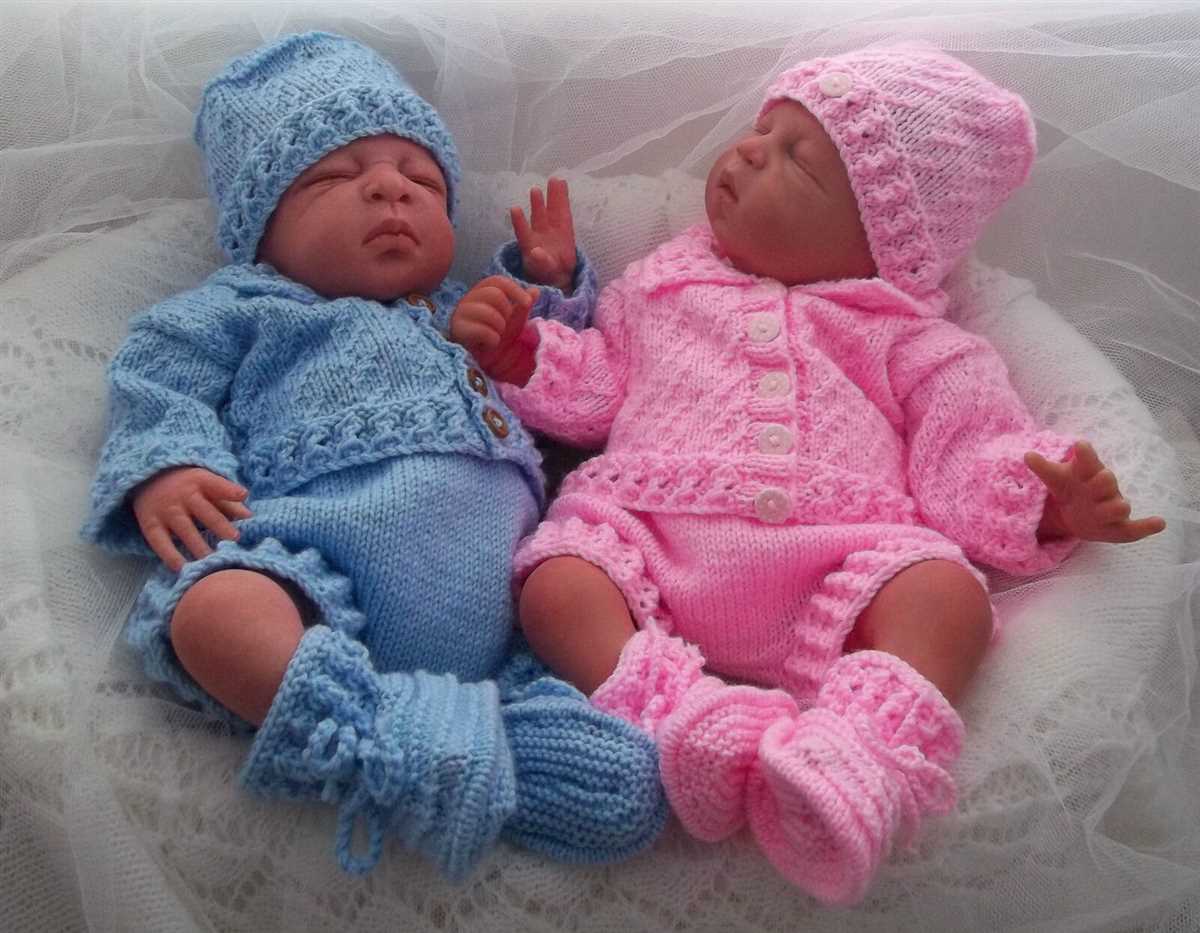
Another factor to consider is the thickness or weight of the yarn. Thicker yarns will create a warmer and bulkier finished garment, while thinner yarns will result in a lighter and more delicate knit. It’s important to keep in mind the season and climate in which the baby will be wearing the garment. For colder months, a thicker yarn may be more suitable, whereas a lighter yarn might be preferable for warmer weather. You can also create interesting textures and patterns by combining different yarn thicknesses in a single project, so don’t be afraid to experiment and get creative!
In conclusion, when selecting yarn and needles for your knit baby patterns, it’s important to consider the fiber, needle size, and yarn thickness. By choosing soft and gentle fibers, using appropriate needle sizes, and considering the desired thickness for the garment, you can create a comfortable and beautiful finished product that will be perfect for your little one.
Easy Knit Baby Patterns for Beginners
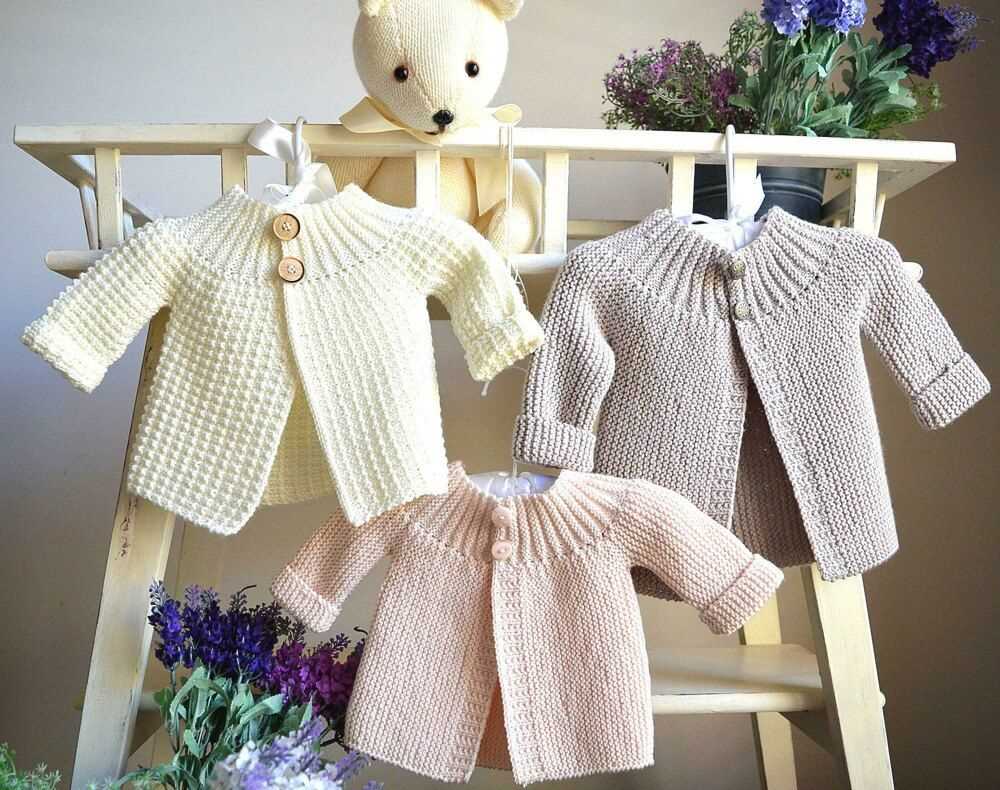
Knitting for babies is a wonderful way to create special, handmade items for the little ones in your life. If you’re a beginner knitter, there are plenty of easy knit baby patterns to help you get started. These patterns offer simple stitches and straightforward instructions to help you create beautiful and functional items for babies.
One of the easiest baby knitting patterns for beginners is a simple baby hat. This pattern usually requires basic knitting stitches like knit and purl, making it a great project for those just starting out. The hat can be knit in a variety of sizes, from newborn to toddler, and can be personalized with different colors and embellishments. It’s a quick and rewarding project that can be completed in just a few hours.
Another easy baby knitting pattern is a baby blanket. This pattern typically involves knitting basic squares or rectangles and then sewing them together to create a cozy blanket. It’s a versatile pattern that allows you to customize the size, color, and texture of the blanket. With just a few simple knitting techniques, you can create a beautiful and practical item that will keep the baby warm and snuggled up.
For those looking to add a little more complexity to their knitting, a baby cardigan or sweater pattern is a great choice. While still suitable for beginners, these patterns often introduce new stitches and techniques, such as increases and decreases, to create shaped garments. The end result is a charming and stylish garment that will keep the baby looking adorable and comfortable.
When choosing easy knit baby patterns for beginners, it’s important to select patterns that match your skill level and interests. Start with simple projects that allow you to practice basic stitches and techniques before moving on to more challenging patterns. Remember, knitting is a skill that takes time to develop, so be patient with yourself and enjoy the process of creating beautiful handmade items for babies.
Benefits of Easy Knit Baby Patterns
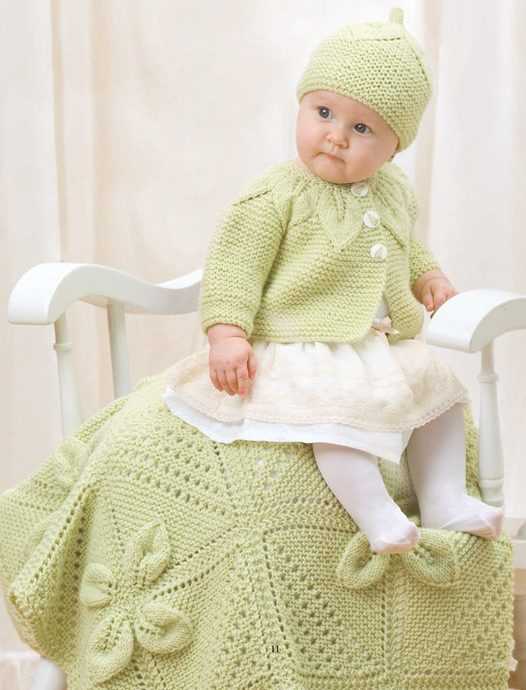
There are several benefits to choosing easy knit baby patterns as a beginner. Firstly, these patterns often require basic stitches, which means you won’t need to learn complicated techniques right from the start. This allows you to build your skills and confidence gradually.
Additionally, knitting baby items is a practical and meaningful way to use your newfound skills. The finished products can be gifted to friends and family or even donated to charities that support babies in need. Knowing that your hand-knit creations are bringing comfort and happiness to little ones can be incredibly rewarding.
Finally, easy knit baby patterns are a great way to practice your knitting skills and increase your knitting repertoire. As you become more comfortable with basic stitches and techniques, you can start branching out to more complex patterns and designs. This gradual progression will help you become a more skilled and versatile knitter.
Simple and Quick Patterns to Start With
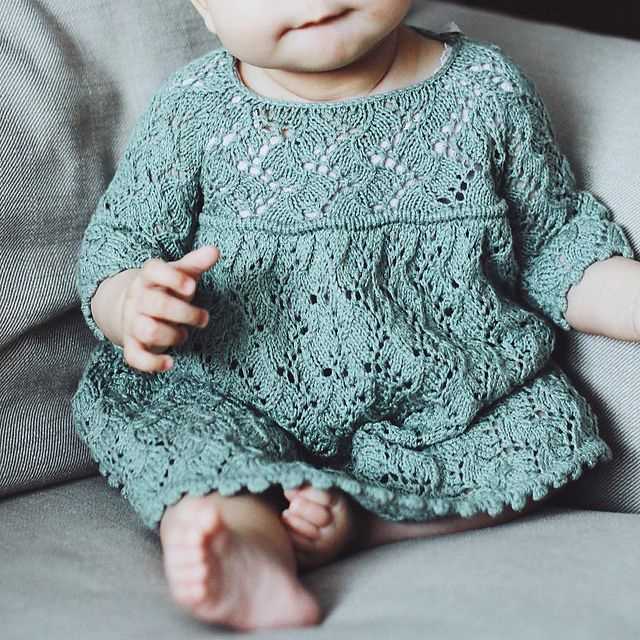
If you’re new to knitting or looking for some easy baby patterns to get started with, there are plenty of simple and quick options available. These patterns are perfect for beginners or anyone looking to create a handmade gift for a little one.
One popular option is a basic baby hat pattern. This can be knit in just a few hours and requires basic knitting skills such as casting on, knitting, purling, and decreasing. The pattern usually starts with knitting in the round and then switching to double-pointed needles as the hat decreases. With a wide variety of yarns available, you can create a cozy and personalized hat for any baby.
If you’re looking to try something a bit more challenging, a baby blanket pattern is a great next step. This pattern typically involves more stitches and requires knowledge of basic knitting techniques such as casting on, knitting, purling, and binding off. With a simple pattern of knit and purl stitches, you can create a beautiful and cozy blanket that will keep any baby warm.
For those who prefer to work with smaller projects, a baby bootie pattern is a fun and quick option. These tiny shoes can be knit in just a couple of hours and make an adorable gift for a newborn. The pattern usually involves knitting in the round and requires basic skills such as casting on, knitting, purling, and decreasing. With so many cute designs available, you can create a unique and stylish pair of booties for any baby.
In addition to these patterns, there are also many simple and quick options available for baby sweaters, dresses, and accessories. Whether you’re a beginner or an experienced knitter, there’s a pattern out there that’s perfect for you. So grab your needles, choose your favorite yarn, and start creating beautiful and cozy items for the little ones in your life.
Step-by-Step Instructions for Beginner Baby Knitting Projects
Knitting baby clothes and accessories can be a rewarding and enjoyable activity for beginners. Whether you’re looking to create a cozy blanket, an adorable hat, or a cute pair of booties, these step-by-step instructions will help you get started on your knitting journey.
Choose the right yarn and needles: When knitting for babies, it’s important to select soft and gentle yarns that are suitable for their sensitive skin. Opt for lightweight and breathable materials, such as cotton or bamboo blends. As for the needles, start with a pair that is appropriate for the yarn weight you’ve chosen. A size 7 or 8 needle is generally a good place to begin.
1. Cast on stitches:
Start by making a slipknot and placing it onto one of your needles. Hold the needle with the slipknot in your right hand and the other needle in your left hand. Insert the left needle through the slipknot from front to back, then twist the right needle clockwise to create a loop.
2. Knit stitches: Once you have cast on the desired number of stitches, you can begin knitting. Hold the needle with the stitches in your left hand and the empty needle in your right hand. Insert the right needle into the first stitch on the left needle, from left to right. Wrap the working yarn around the right needle and pull it through the stitch, sliding it off the left needle. Repeat this process for each stitch until you reach the end of the row.
3. Purl stitches:
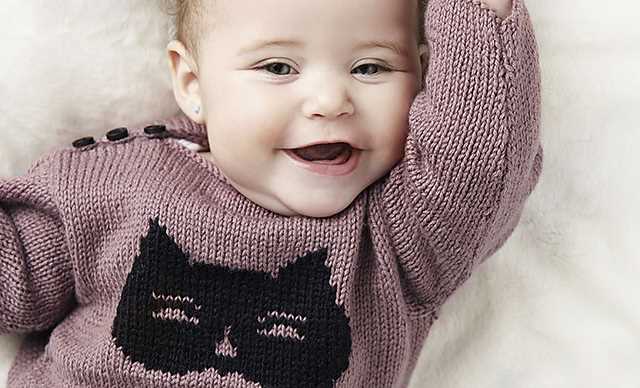
Learning to purl is another essential knitting skill. To purl, hold the needle with the stitches in your left hand and the empty needle in your right hand. Insert the right needle into the first stitch on the left needle, but this time from right to left. Wrap the working yarn around the right needle and pull it through the stitch, sliding it off the left needle. Repeat this process for each stitch until you reach the end of the row.
4. Follow the pattern: Most baby knitting projects will come with a pattern that includes specific instructions for creating the desired item. Follow the pattern carefully, keeping track of any changes in stitch counts or pattern repeats. Take your time and refer to the pattern as needed to ensure accuracy.
5. Finishing touches: Once you have completed the main body of your knitting project, it’s time to add any finishing touches. This may include sewing on buttons, adding ribbons or ties, or creating decorative edgings. Follow the pattern instructions for these final steps, and don’t be afraid to get creative and add personal touches to make your baby knitting project truly unique.
With these step-by-step instructions, you’ll be well on your way to creating beautiful and practical baby knits. Remember to be patient with yourself and enjoy the process. Knitting is a wonderful skill that can bring joy to both the creator and the recipient of the finished product.
Advanced Knit Baby Patterns for Experienced Knitters
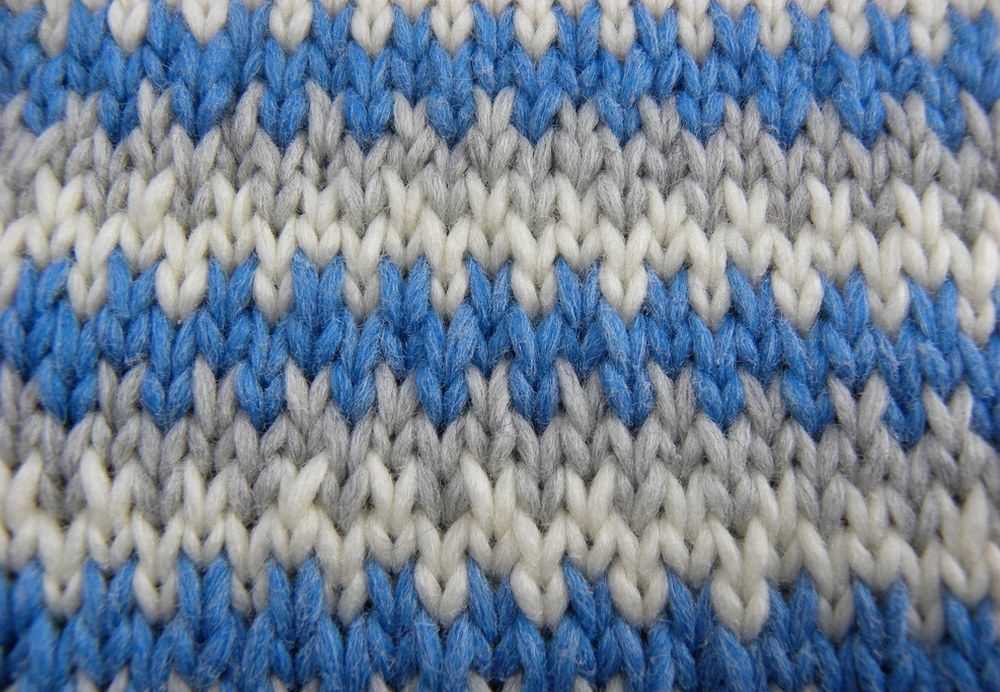
For experienced knitters looking to challenge themselves and create unique, intricate pieces for babies, there are a variety of advanced knit baby patterns available. These patterns require a high level of skill and attention to detail, but the end result is well worth the effort. From delicate lace shawls to textured cardigans and cozy blankets, advanced knit baby patterns offer endless possibilities for experienced knitters to showcase their talent.
Lace Shawls: Knitting a lace shawl for a baby is a beautiful way to create a delicate and elegant piece. These patterns often incorporate intricate lace motifs, requiring expert knowledge of lace knitting techniques. The end result is a stunning heirloom-quality accessory that can be treasured for years to come.
Textured Cardigans: Advanced knitters can challenge themselves with intricate cable or colorwork designs when knitting baby cardigans. These patterns often feature unique stitch patterns that create added texture and visual interest. Knitting a textured cardigan allows for creativity and the opportunity to showcase advanced knitting techniques.
Cozy Blankets: Advanced knit baby patterns for blankets often involve complex stitch patterns or multiple colors. Knitting a cozy blanket allows experienced knitters to experiment with different knitting techniques, such as intarsia or fair isle, to create a one-of-a-kind piece. These blankets can become cherished keepsakes that provide warmth and comfort for babies.
In conclusion, advanced knit baby patterns offer experienced knitters a chance to challenge themselves and create truly unique and intricate pieces. Whether it’s knitting a lace shawl, a textured cardigan, or a cozy blanket, these patterns allow knitters to showcase their skills and create beautiful, heirloom-quality pieces for babies. So if you’re an experienced knitter looking for a new knitting project, try an advanced knit baby pattern and see the amazing results you can achieve.
Challenging Patterns to Improve Your Skills
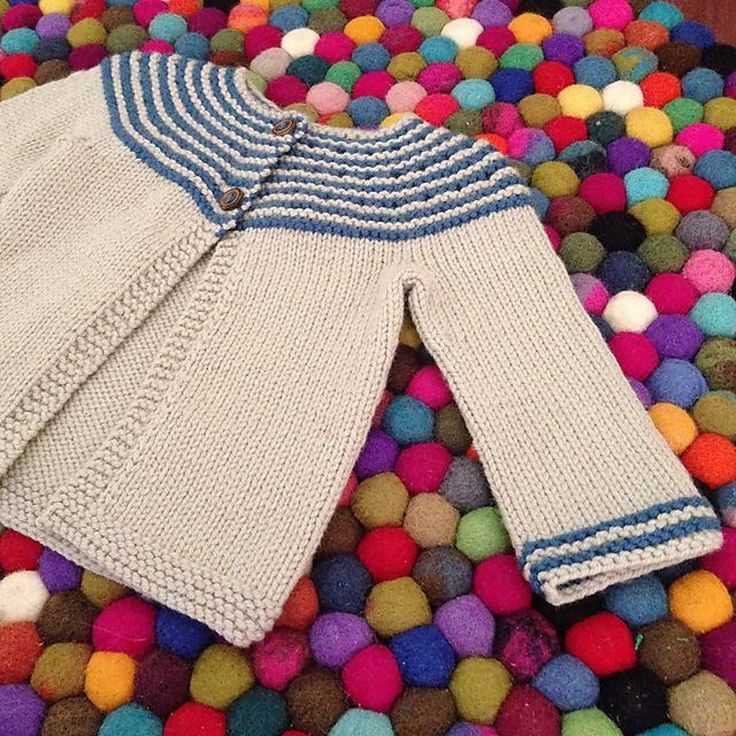
Knitting is not only a creative and relaxing hobby, but it is also a skill that can be continuously improved. Once you have mastered the basics of knitting, it’s time to challenge yourself with more complex patterns. Not only will these patterns help you develop new techniques and stitches, but they will also give you a sense of accomplishment as you create intricate and beautiful designs.
1. Lace Patterns: Lace knitting is known for its delicate and intricate designs. These patterns often involve creating lace motifs and openwork stitches, which require precise attention to detail. Knitting lace patterns will help improve your ability to follow complex instructions, read charts, and create intricate designs with fine yarns.
2. Cabled Patterns: Cable knitting involves creating twisting stitches that form distinctive cables. This technique requires working with cable needles and crossing stitches over each other to create the cable design. Knitting cabled patterns will enhance your ability to manipulate stitches, read cable charts, and create textured and visually appealing designs.
Sample Cable Pattern:
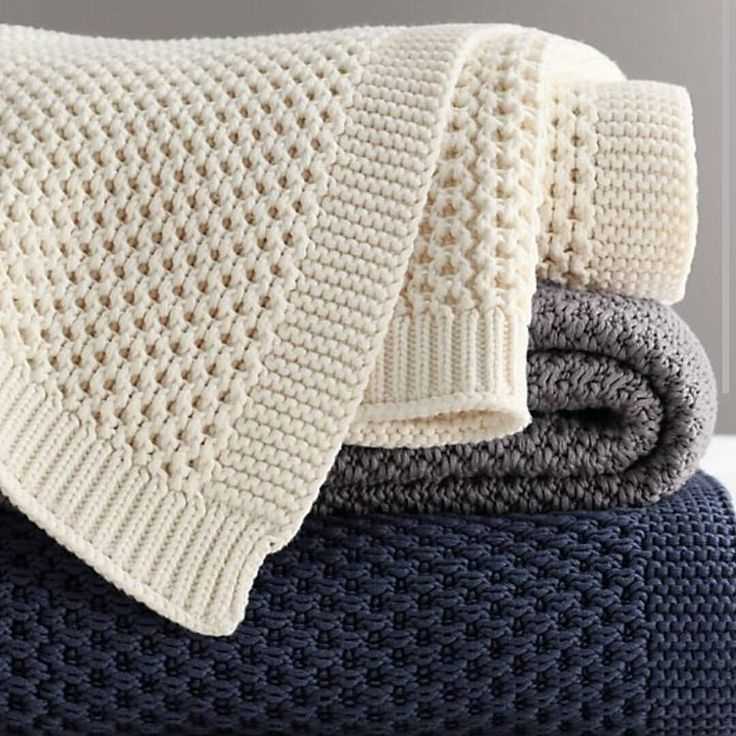
Row 1 (Right Side): K3, P2, K3, C6F, K3, P2, K3
Row 2: P3, K2, P3, K6, P3, K2, P3
Row 3: K3, P2, K3, C6B, K3, P2, K3
Row 4: P3, K2, P3, K6, P3, K2, P3
3. Fair Isle Patterns: Fair Isle knitting involves creating colorful and intricate patterns using multiple colors in a single row. This technique requires a good understanding of colorwork and tension control. Knitting Fair Isle patterns will improve your ability to work with multiple colors, carry yarns at the back of your work, and create striking and detailed designs.
4. Intarsia Patterns: Intarsia knitting is another colorwork technique that involves knitting with separate sections of color. Unlike Fair Isle, where the colors are carried across the row, Intarsia requires joining and twisting yarns at color changes. Knitting Intarsia patterns will help you develop skills in color management, yarn twisting, and creating large color blocks within your knitting.
Sample Intarsia Pattern:
Row 1 (Right Side): With color A, K10, with color B, K5, with color A, K10
Row 2 (and all wrong side rows): Purl across
Row 3: With color A, K9, with color B, K7, with color A, K9
Row 5: With color B, K5, with color A, K10, with color B, K5
5. Entrelac Patterns: Entrelac knitting involves creating a textured fabric that resembles a basketweave pattern. This technique requires working in short rows and picking up stitches to create blocks of color that interlace with each other. Knitting entrelac patterns will enhance your understanding of short row shaping, picking up stitches, and creating unique and visually stunning designs.
By challenging yourself with these complex patterns, you will not only improve your knitting skills but also expand your repertoire of techniques and designs. Remember to start with smaller projects that incorporate these techniques before tackling larger and more intricate patterns. With practice and patience, you will soon become a master of these challenging knitting patterns.
Tips for Reading and Following Advanced Knitting Patterns
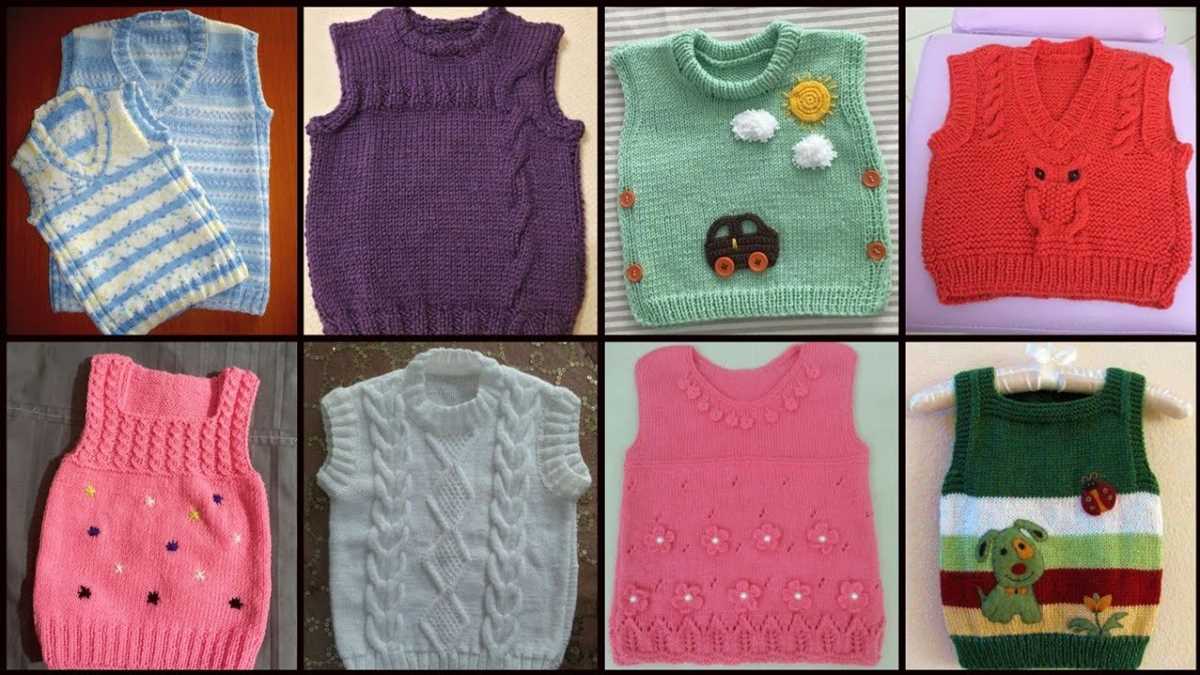
Knitting is a creative and rewarding hobby, and as you gain more experience, you may find yourself drawn to more advanced knitting patterns. These patterns often feature intricate stitches, complex constructions, and unique techniques. While they can be challenging, they also offer an opportunity to learn and grow as a knitter. To successfully tackle advanced knitting patterns, here are some tips to keep in mind:
1. Familiarize Yourself with the Pattern
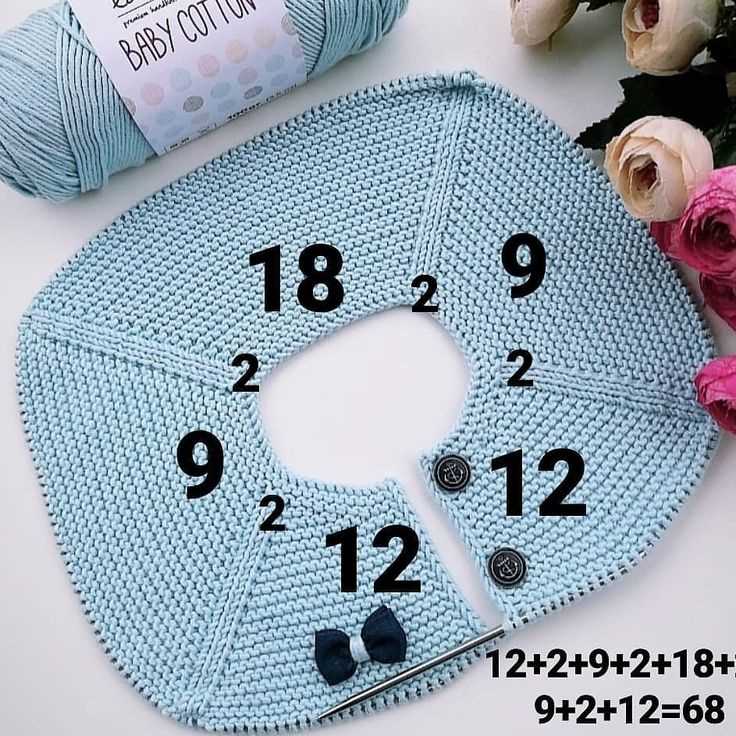
Before you start knitting, take the time to thoroughly read and understand the pattern. Pay attention to the stitch abbreviations, special techniques, and any notes or instructions provided by the designer. It can be helpful to make a checklist of the different sections or steps involved in the pattern and tick them off as you complete them.
2. Use a Stitch Marker
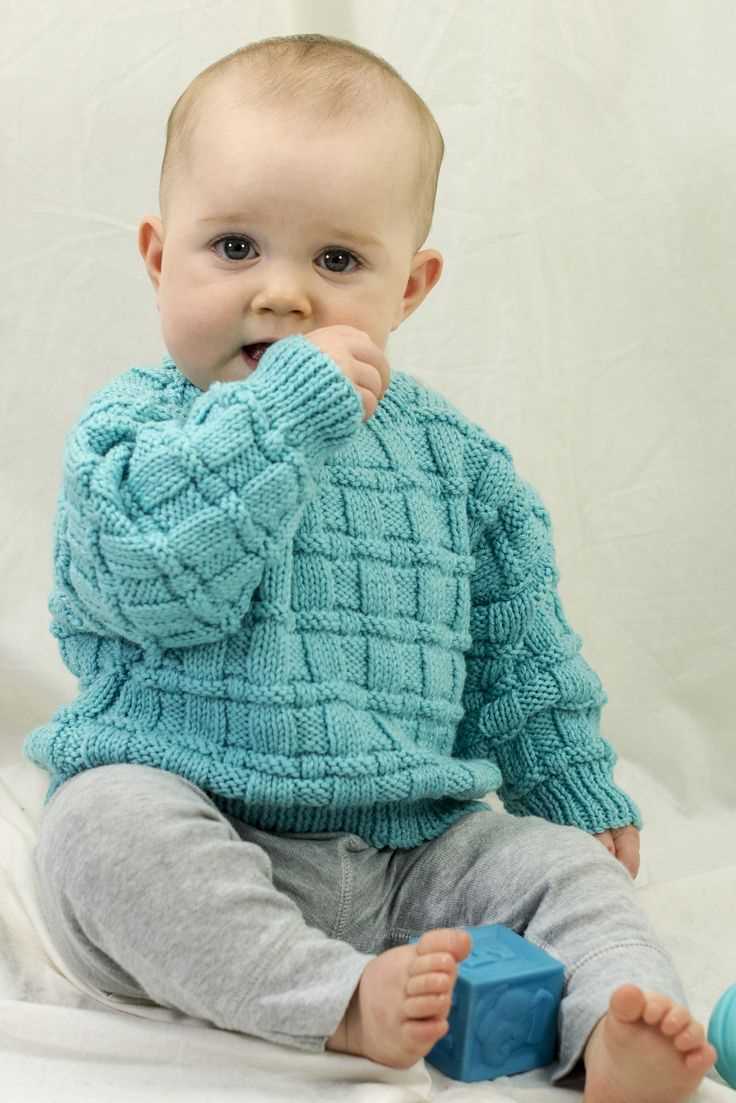
Advanced knitting patterns often require you to keep track of multiple stitch counts or pattern repeats. To avoid getting lost or making mistakes, use a stitch marker to mark the beginning or end of a certain section. This will make it easier to identify where you are in the pattern and help you stay on track.
3. Take It One Step at a Time
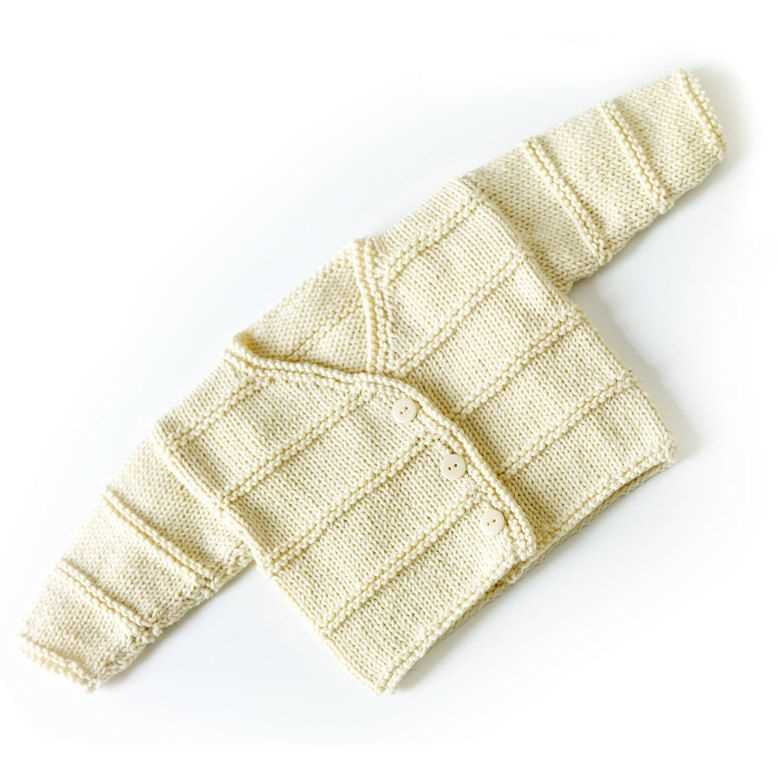
Complex knitting patterns can be overwhelming, especially when you first look at them. Instead of trying to understand the entire pattern at once, break it down into smaller sections or steps. Focus on completing one section at a time before moving on to the next. This will help you stay organized and prevent confusion.
4. Practice New Techniques
Advanced knitting patterns often introduce new stitches or techniques that you may not be familiar with. Take the time to practice these new techniques before starting the pattern. You can create sample swatches or small projects to get comfortable with the stitches and ensure you understand how they work.
5. Keep a Knitting Journal
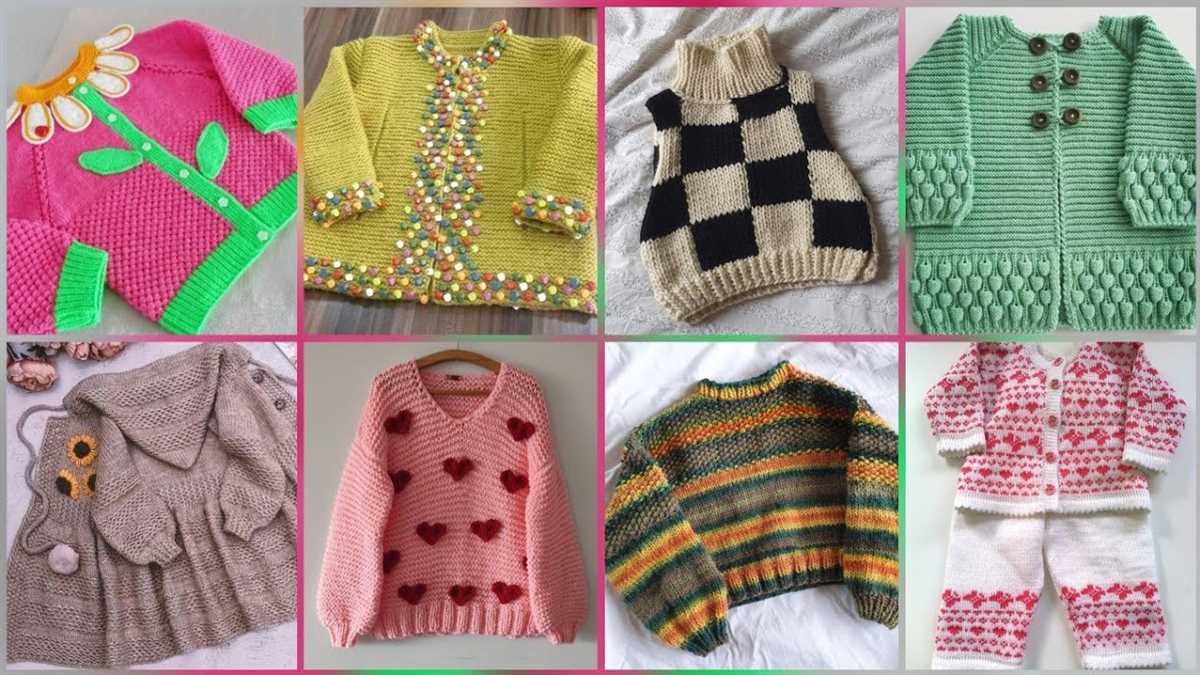
When working on advanced knitting patterns, it can be helpful to keep a knitting journal. Use it to record any modifications, adjustments, or insights you discover along the way. This will help you keep track of your progress and serve as a reference for future projects. It can also be a valuable tool for troubleshooting or making adjustments to the pattern if needed.
By following these tips and approaching advanced knitting patterns with patience and perseverance, you can successfully take on more challenging projects and continue to expand your knitting skills.
Trendy Knit Baby Patterns for Fashionable Little Ones
If you want your baby to be the most stylish little trendsetter in town, look no further than these trendy knit baby patterns. From adorable baby booties to fashionable cardigans, these patterns will keep your little one looking oh-so-chic.
One popular trend in baby fashion is animal-themed knitwear. Whether it’s a cute bunny hat or a cozy bear onesie, these animal-inspired patterns are sure to make your baby the center of attention.
Must-Have Knit Baby Patterns:
- Baby Booties: Keep your baby’s tiny toes warm and stylish with a pair of knit booties. Choose from a variety of patterns, including ones with cute animal faces or delicate lace details.
- Baby Hats: Top off your baby’s outfit with a trendy knit hat. From simple beanies to intricate bonnets, there is a knit hat pattern for every occasion.
- Baby Sweaters: Dress your little one in style with a knit cardigan or sweater. Look for patterns with unique stitch patterns or fun color combinations to make your baby stand out.
- Baby Blankets: Keep your baby warm and cozy with a hand-knit blanket. Choose a pattern with a trendy color scheme or a modern geometric design.
- Baby Dresses: For the fashion-forward baby, a knit dress is a must-have. Look for patterns with ruffled details or cute embellishments.
No matter which pattern you choose, knitting for your baby is a wonderful way to create unique and fashionable pieces that will keep them cozy and stylish. Whether you’re an experienced knitter or a beginner, these trendy knit baby patterns are sure to inspire you to create something special for your little one.